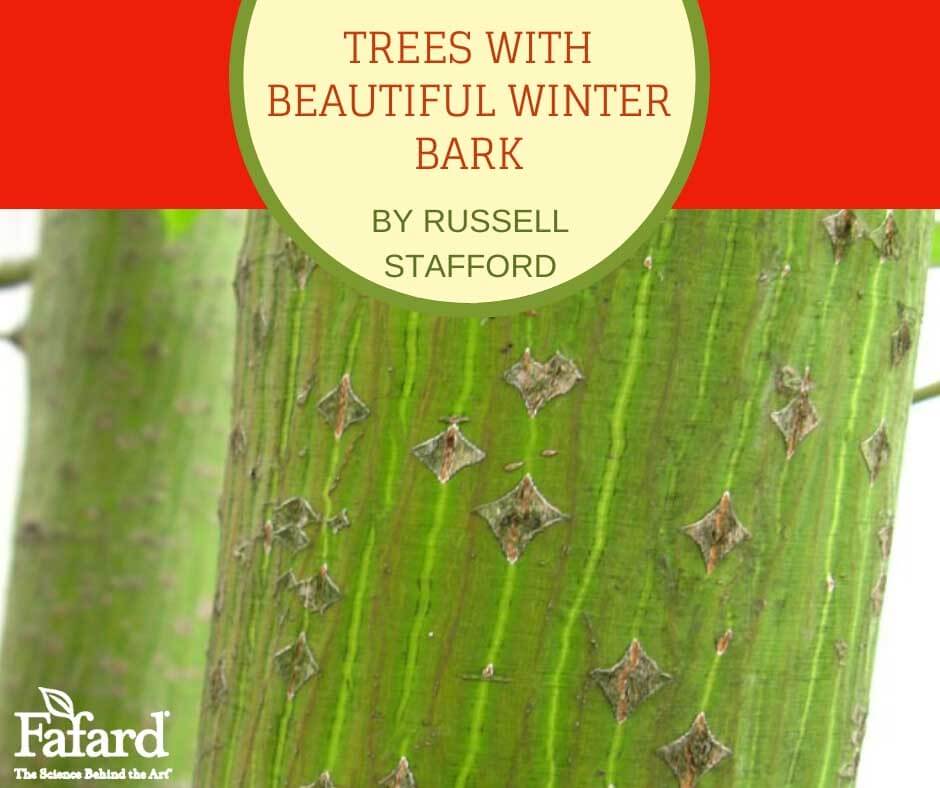
When choosing new plants for 2016, it always pays to know the bestowers of plant awards, so you can easily identify the best-of-the-best edibles and ornamentals for the season. Plant award programs are numerous and many are distinct in their selection criteria. What they have in common are great garden plants.
And these programs are reliable. Not only are most based on extensive field trials but they are also driven by third-party entities with the simple goal of promoting outstanding plants for home and garden. So, you can count on award-winners to perform well, if they are recommended for your region. Many are tested and approved for national audiences but others are specifically selected for regions, or by plant societies dedicated to specific plant groups. Here is just a sampling of recommended awards programs and their great plants.

The All-America Selections (AAS) is a respected, independent, non-profit organization that promotes terrific plants for North America. Their mission is “To promote new garden varieties with superior garden performance judged in impartial trials in North America.” Their trials are conducted across the US and Canada and focus on high-performing vegetables and annual garden flowers. Each year a handful of award winners are chosen and promoted. The program began in 1933, and lots of “old” award winners, now technically heirlooms, are still grown today. To learn more about the AAS and their selection criteria, click here.
There are 12 AAS-winning plants for 2016 to include Salvia Summer Jewel™ Lavender, tomato ‘Candyland Red’, and the giant white pumpkin ‘Super Moon F1’.
The Royal Horticultural Society (RHS) has the RHS Award of Garden Merit (AGM) program, which highlights plants of great merit for UK growers. Thankfully, many of the selected plants also perform well in North America. Unlike the AAS, this program seeks out all forms of high-performing ornamental include trees, shrubs and perennials. Species and cultivated plants are all fair game.
Recent additions to the AGM program include Begonia ‘Glowing Embers’, sweet pea ‘Mary Mac’ and carrot ‘Artemis’.

The Garden Club of America (GCA) promotes an outstanding North American native plant of the year and bestows upon it the Montine McDaniel Freeman Horticulture Award in honor of longtime member of a New Orleans GCA chapter, Montine McDaniel Freeman. The award-winning native for 2015 is the lofty and beautiful bur oak (Quercus macrocarpa), which is long-lived, tough and statuesque.
A “Perennial Plant of the Year”, bestowed by the Perennial Plant Association, has been selected since the program began in 1990. Chosen plants must be “suitable for a wide range of growing climates, require low maintenance, have multiple-season interest, and are relatively pest/disease-free.” Novice gardeners seeking to beautify their landscapes with perennials would be wise to start by choosing plants from this list—to include the 2015 selection, Biokovo geranium (Geranium x cantabrigiense ‘Biokovo’).

Plant Select® is a popular regional awards program dedicated to ornamental plants—woody and herbaceous—of the North American high plains and intermountain region, but many are good general performers in other parts of the country. One unique feature is that “Plant Select® leverages a uniquely collaborative model and highly-selective cultivation process to find, test and distribute plants that thrive on less water.” So, Plant Select® are water-wise in addition to being high performing and beautiful. Disease resistance and non-invasiveness are two more important selection criteria.
Notable Plant Select® winners for 2015 are the evergreen Wallowa Mountain desert moss (Arenaria ‘Wallowa Mountain’), perfect for fairy and succulent gardens, Windwalker® Big Bluestem (Andropogon gerardii ‘PWIN01S’), Coral Baby penstemon (Penstemon ‘Coral Baby’), and the stately Woodward Rocky Mountain juniper (Juniperus scopulorum ‘Woodward’).
Out East, the Pennsylvania Horticultural Society has been promoting its PHS Gold Medal Plants annually since 1978. The winners represent superior woody plants for the landscape that thrive in USDA Hardiness Zones 5-7. Recent winners include the Rising Sun redbud (Cercis canadensis ‘Rising Sun’) and Darts Duke viburnum (Viburnum x rhytidophylloides ‘Darts Duke’).

There are lots of plant societies offering award-winning selections for home and garden each year. The All-America Roses Selections (AARS) has represented the best from their national rose trials since 1930, but due to a flagging economy this important trial ended in 2014. Fortunately, some have been willing to keep it alive, bringing us several great winners for 2015, which includes the thornless, cerise pink, antique rose ‘Thomas Affleck’ and the fragrant hybrid tea, Deelish®.
Choose to garden smart this season with a few award winners. Pick a few for the New Year and reap the rewards. Fortify them with top-quality potting soils and amendments from Fafard, and you cannot go wrong.













